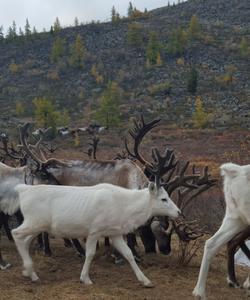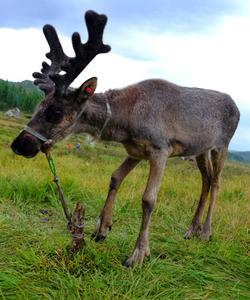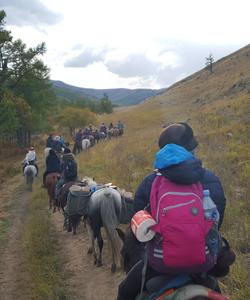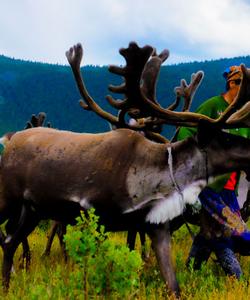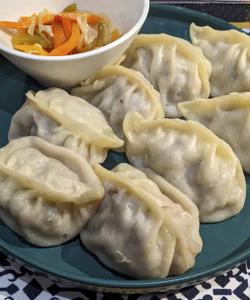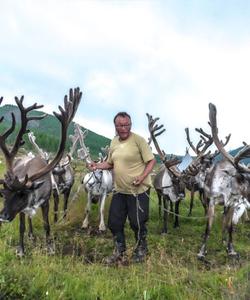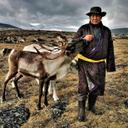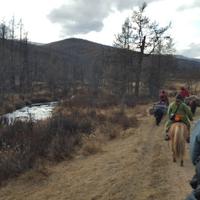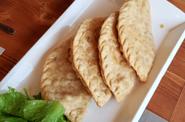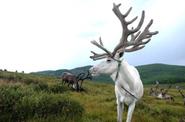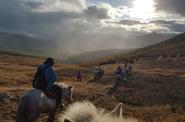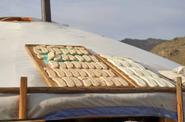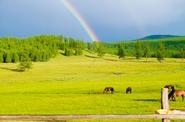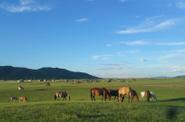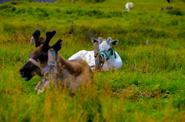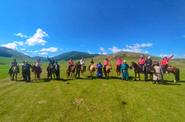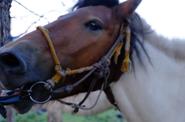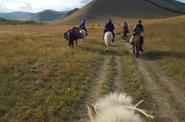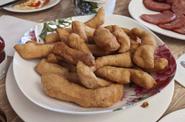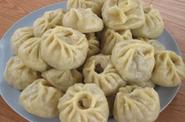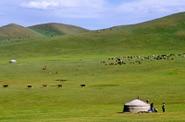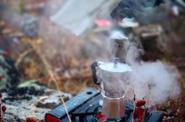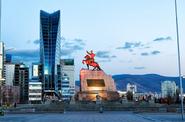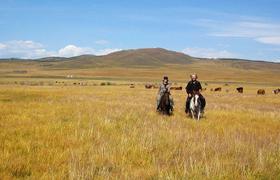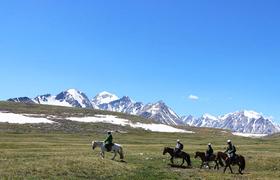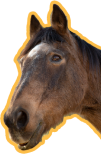Traditional Mongolian cuisine is primarily centered around the meat and milk products produced by nomadic herders in the Mongolian steppes. These ingredients are prepared using various methods and combined with vegetables and flour.
A common dish in rural areas is cooked mutton, often without any additional ingredients. In urban areas, "buuz" is a popular dish, which consists of dumplings filled with meat and cooked by steaming. Other types of dumplings, such as Bansh and Mant, are boiled in water, while Khuushuur is deep-fried in mutton fat. Meat can also be combined with rice or fresh noodles to make stews like tsuivan or budaatai huurga, or noodle soup called guriltai shol.
On special occasions, a unique cooking method involves using preheated stones to cook meat and vegetables. This can be done by placing chunks of mutton in a sealed milk can (Khorkhog) or within the abdominal cavity of a deboned goat or marmot (Boodog).
Milk is boiled to separate the cream, known as öröm or clotted cream. The skimmed milk is then used to make cheese (byaslag), dried curds (aaruul), yogurt, kefir and a light milk liquor called Shimiin Arkhi. Airag, a fermented mare's milk, is a popular national beverage. Barley is a commonly used cereal that is fried and malted, resulting in flour called arvain guril. This flour is consumed as a porridge with milk fat and sugar or mixed into milky tea. Salted milk tea, known as Suutei Tsai, is the everyday beverage and can be turned into a hearty soup by adding rice, meat or bansh. Horse meat is also consumed in Mongolia and can be found in most grocery stores. Mongolian sweets include boortsog, a type of biscuit or cookie enjoyed during special occasions.

